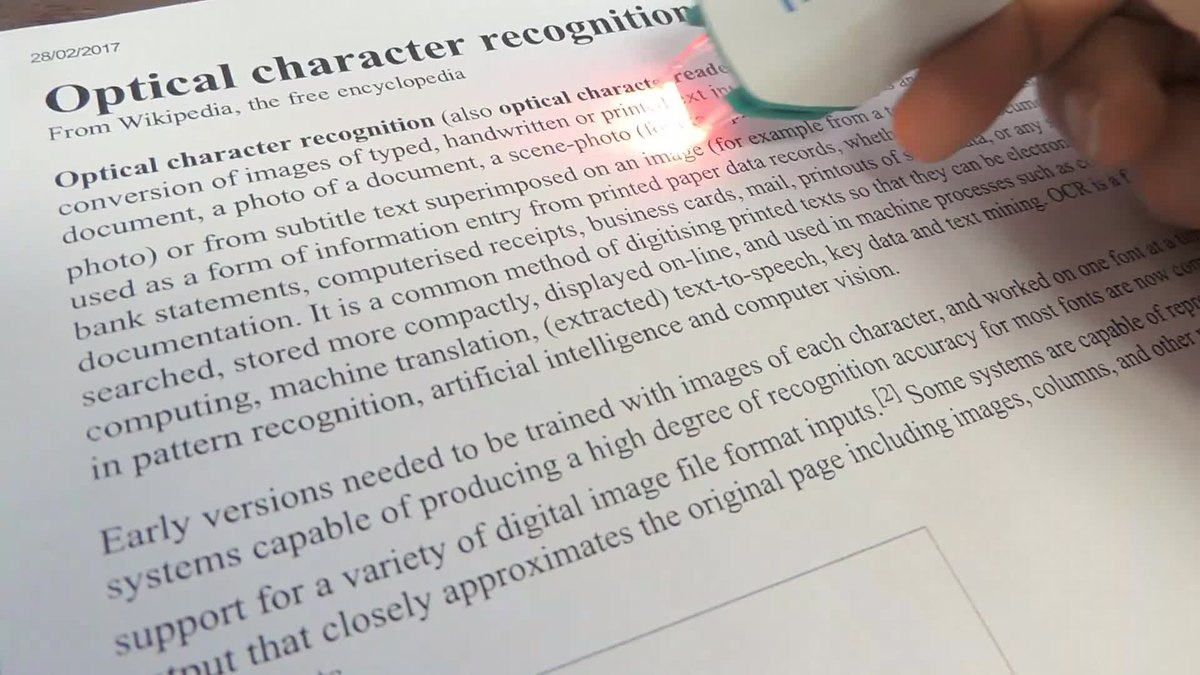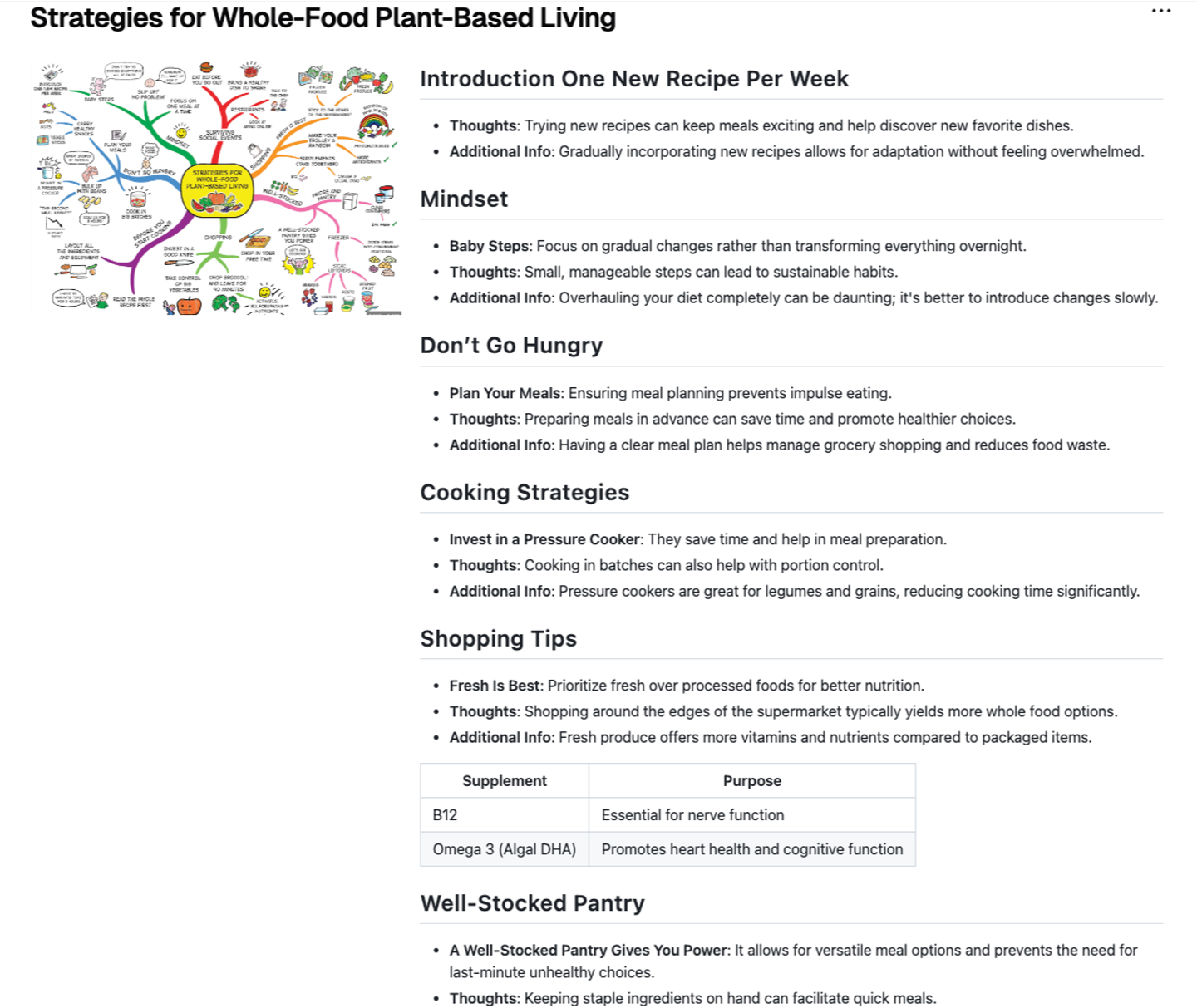Enhancing Educational Tools with OCR: From Digitizing Textbooks to Real-Time Learning Assistants
The educational landscape has been coupling tradition with technology in unprecedented ways. As schools and learners shift increasingly towards digital means, the need for versatile and robust educational tools becomes more apparent. Enter Optical Character Recognition (OCR) technology—a revelation in education that's transforming how we digest knowledge, from digitizing textbooks to acting as real-time learning assistants. Tools like Photes.io and various other platforms now enable turning photos into actionable notes, bolstering our educational experiences in profound ways.
The Dawn of OCR in Education

Who would've thought that our cameras would become not just lenses to the world but gateways to knowledge? Optical Character Recognition, often abbreviated as OCR, is the digital process of converting different types of documents, such as scanned paper documents, PDFs, or images captured by a digital camera, into editable and searchable data. This technology, though once a high-end luxury, is now mainstream and revolutionizing education.
OCR's Beginnings and Evolution
OCR technology wasn't born yesterday. In fact, its conceptual seeds were planted as early as the 1920s, initially designed to help the visually impaired read printed text. By the late 20th century, advancements in computing power allowed OCR to evolve from a rudimentary, error-prone process into a sophisticated tool capable of recognizing characters with nearly impeccable accuracy. Now, it's ingrained into numerous applications—including educational tools that enhance how students interact with information.
OCR: Bridging the Gap Between Physical and Digital
Imagine leafing through an old textbook—a relic from your school's library. Its pages are yellowed, the content invaluable, yet unwieldy in the digital age. OCR steps in here, acting as a bridge between the physical and digital domains. With a simple scan or photo, OCR meticulously digitizes these resources, extending their lifespan and accessibility manifold. Suddenly, historical texts, rare manuscripts, and educational tomes are just a click away, searchable and annotatable.
Digitizing Textbooks: A New Era of Accessibility
The beauty of digitizing textbooks transcends the mere act of copying text. It’s about accessibility, ease of learning, and the democratization of information.
Accessibility for All
One of the most poignant benefits OCR yields is accessibility. Students with disabilities can now access materials like never before. Texts can be transformed into audio, enabling auditory learning for the visually impaired. Text can be enlarged or annotated, assisting those with partial sight or learning disabilities. The possibilities are vast, and the impact, profound.
The Environmental and Economic Impact
Think of the forests spared with fewer textbooks printed and the energy conserved in transporting bulky materials. Beyond the ecological benefits, there’s a significant economic angle. Digital textbooks, enabled by OCR, are often more affordable than their physical counterparts, relieving students and educational institutions from the financial burden of costly, tangible books.
Photes.io and the Rise of Photo-to-Notes Technology
Among the burgeoning suite of OCR tools, Photes.io stands out for its fluid interface and powerful capabilities. The true beauty of Photes.io, however, isn’t just its ability to scan and save documents—though it does so exceptionally well. It’s about transforming static images into actionable insights, converting "photo to notes" with an elegance that traditional methods simply can't match.
The Mechanics Behind Photo-to-Notes
Imagine taking a photo of a classroom whiteboard teeming with complex equations and annotations. With traditional note-taking methods, some subtle nuances might slip by. Photes.io leverages OCR to capture this image, discerning text from diagrams, and converting it into a digital, editable format. The application recognizes individual characters with impressive precision, allowing students to export data into documents, spreadsheets, or even flashcards—a perfect companion for real-time learning experiences.

Real-Time Learning with Photes.io
Where Photes.io and similar OCR-powered tools perform well is in their real-time learning capabilities. Educational settings are dynamic, and often instructors impart valuable insights in impromptu annotations or fleeting diagrams. With these tools, students aren't shackled to transcription. Instead, they focus on understanding the lesson's essence, assured that Photes.io has captured the instructor's words and visuals for posterity.
Real-Time Learning Assistants: OCR in the Palm of Your Hand
Real-time learning assistants powered by OCR are akin to having a personal tutor on standby—ready to pull from vast pools of knowledge at a moment’s notice. They’re reshaping how students interact with content and how they learn, review, and even test their understanding.
OCR in the Classroom: An Ever-Ready Companion
Picture a bustling classroom. Students are engaged, yet the volume of information can be daunting. Real-time learning assistants, equipped with OCR, offer immediate assistance. They're capable of translating and summarizing texts on-the-fly, offering definitions, and providing context for obscure references. Students can scan a word or phrase and finally grasp the concept without disrupting the lesson's flow.
Beyond the Classroom: Study and Productivity
Outside the classroom, these tools augment study sessions. OCR-powered assistants empower students to convert their textbooks into dynamic tools—creating quizzes, rearranging notes, or even translating sections into different languages. The traditional laborious study routine morphs into a more engaging, interactive experience, minimizing drudgery and maximizing engagement.
The Future of OCR in Education: What Lies Ahead?
OCR technology in education hasn't just found its niche; it's continuously expanding, adapting, and refining its capabilities.
Integrating AI: The Next Leap Forward
Artificial Intelligence (AI) is poised to propel OCR tools even further. Imagine OCR systems that not only decipher text but understand context—transforming them into truly intelligent assistants. They’d recommend further readings based on a student's study pattern, identify gaps in understanding by analyzing notes, and even simulate interactive learning scenarios.
Personalization Through Machine Learning
Future OCR tools promise hyper-personalized learning experiences. Machine learning algorithms could tailor materials specifically to a student's learning style, providing resources and recall techniques best suited to their needs. As these systems learn and adapt over time, they become akin to personalized educational companions.
Expanding Language Recognition
While OCR has made tremendous strides in language recognition, the global education market demands even more comprehensive support. The future will likely see OCR's ability to recognize and translate myriad languages simultaneously, opening doors for students worldwide to access resources in their preferred language without the barrier of translation.
Conclusion: Tying It All Together
In retrospect, it seems almost poetic how OCR—a technology once conceived for assisting individuals in overcoming challenges—is now assisting the educational system in overcoming its own. By digitizing textbooks, facilitating real-time learning, and improving accessibility, OCR positions itself as an invaluable ally in education's digital transformation. Platforms like Photes.io are at the forefront, major checkboxes ticked in helping students convert photos to notes, enriching their learning landscapes.
What's clear is that education, like OCR, is always evolving. As educators, technologists, and learners continue to push the envelope, the synergy between OCR and educational tools promises a future where learning is limitless—and that's something we can all look forward to with optimism and anticipation.